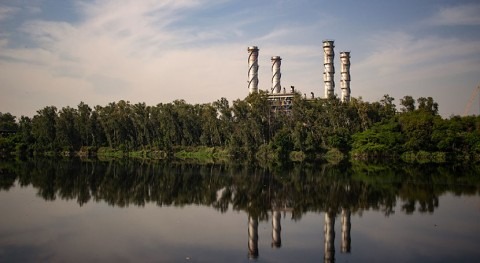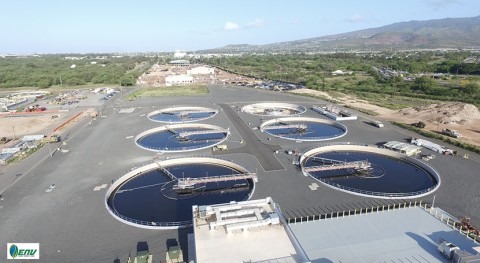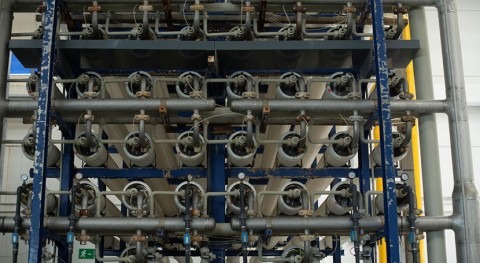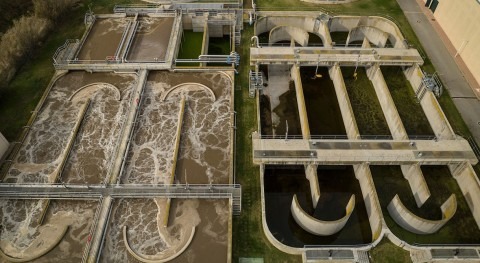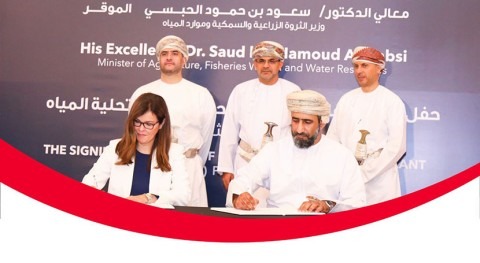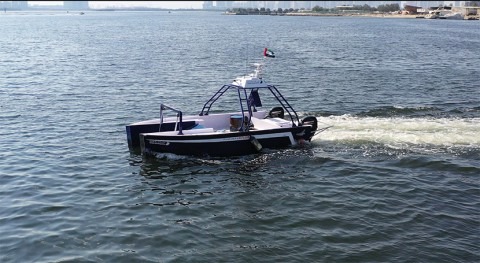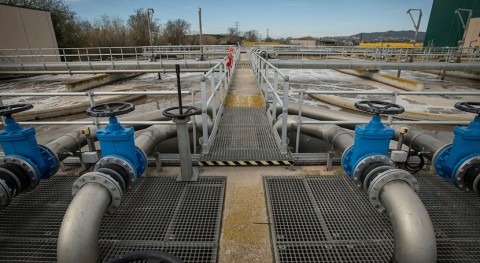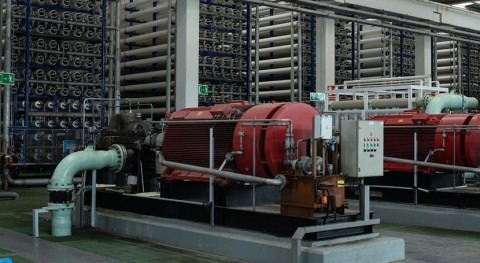Wastewater disinfection is one of the greatest public health achievements of the 20th century, controlling the spread of pathogenic microorganisms in the aquatic environment (e.g., surface waters). Nonetheless, there are challenges yet to be addressed.
Chlorine is the most used wastewater disinfectant worldwide, due to operational simplicity, high bactericidal and virucidal activity, and low cost. However, chlorine disinfection processes represent a significant operational and ecological safety hazard due to the inherent danger of chlorine leaks or large-scale releases. There are also concerns related to the documented formation of carcinogenic disinfection by-products (DBPs) in wastewater effluent discharges. In 2015, the USEPA updated its Ambient Water Quality Criteria (AWQC), which lowered cyanide exposure criteria by nearly an order of magnitude. Cyanide commonly forms in municipal wastewaters and facilities across the U.S. are detecting cyanide in chlorinated effluents. The presence of cyanide is potentially related to other regulatory actions related to nutrient removal that change effluent characteristics and increase cyanide formation potential.
Restrictive DBP criteria, safety concerns regarding gaseous chlorine, and potential virus criteria have prompted North American interest in PFA
These two drivers have resulted in the implementation of peracetic acid (PAA) disinfection in North American and European facilities, and performic acid (PFA) disinfection in some European facilities. Along with these health and safety drivers, there are ongoing discussions about changes to EPA AWQC for microbials which could impact all wastewater facilities, even those that have converted from gaseous chlorine to other disinfection methods. While EPA has historically used faecal indicator bacteria (FIB) to detect sewage contamination, a viral indicator, coliphage, may be added to the existing criteria for E. coli and enterococci. In other words, WRRF disinfection processes, while currently compliant for bacteria, may not meet future criteria for viruses.
Thus, there is a strong rationale for investigating alternative disinfectants. Brown and Caldwell, along with the Great Lakes Water Authority, USP Technologies, and several other North American utilities, are working to investigate PAA and PFA under Water Research Foundation (WRF) project no. 5219.
Since it was first introduced to the North American market in 2016, PAA has seen significant use for FIB compliance, due to low capital cost and lack of formation DBPs. However, while PAA and UV address DBPs, current bacterial control strategies are inefficient against viruses.
Performic acid (PFA), synthesized on-site by reaction of formic acid and hydrogen peroxide was initially introduced as an oxidant in industrial applications, and subsequently in the meat and dairy industry as a disinfectant; it has recently been applied for wastewater disinfection. The emergence of more restrictive DBP criteria, safety concerns regarding gaseous chlorine, and potential virus criteria have prompted North American interest in PFA. PFA has been used in Europe for over a decade for disinfection of secondary effluent and treatment of combined sewer overflows.
In North America, PFA must be approved by the US EPA under the Federal Insecticide, Fungicide and Rodenticide program, and Health Canada under the Pest Management Regulatory program. Because applications to those programs are still under review, there is limited demonstration of PFA disinfection in North America. To address this data gap, the project addresses two key objectives: to demonstrate the efficacy and economics of PFA, PAA and liquid chlorine in wastewater CSO effluents in the context of emerging regulations in the US and Canada and to demonstrate how advanced chemical dosing can optimize disinfection, reduce cost, and improve effluent water quality. More information on the project is available at: https://www.waterrf.org/research/projects/performic-acid-disinfection-wastewater-effluent-and-csos-context-disinfection
Other project investigators are Domenico Santoro, Ph.D., PEng, Director of Research and Innovation, USP Technologies and Allegra K. da Silva, Ph.D., PE, Deputy Director of Research and Innovation, Brown and Caldwell.






